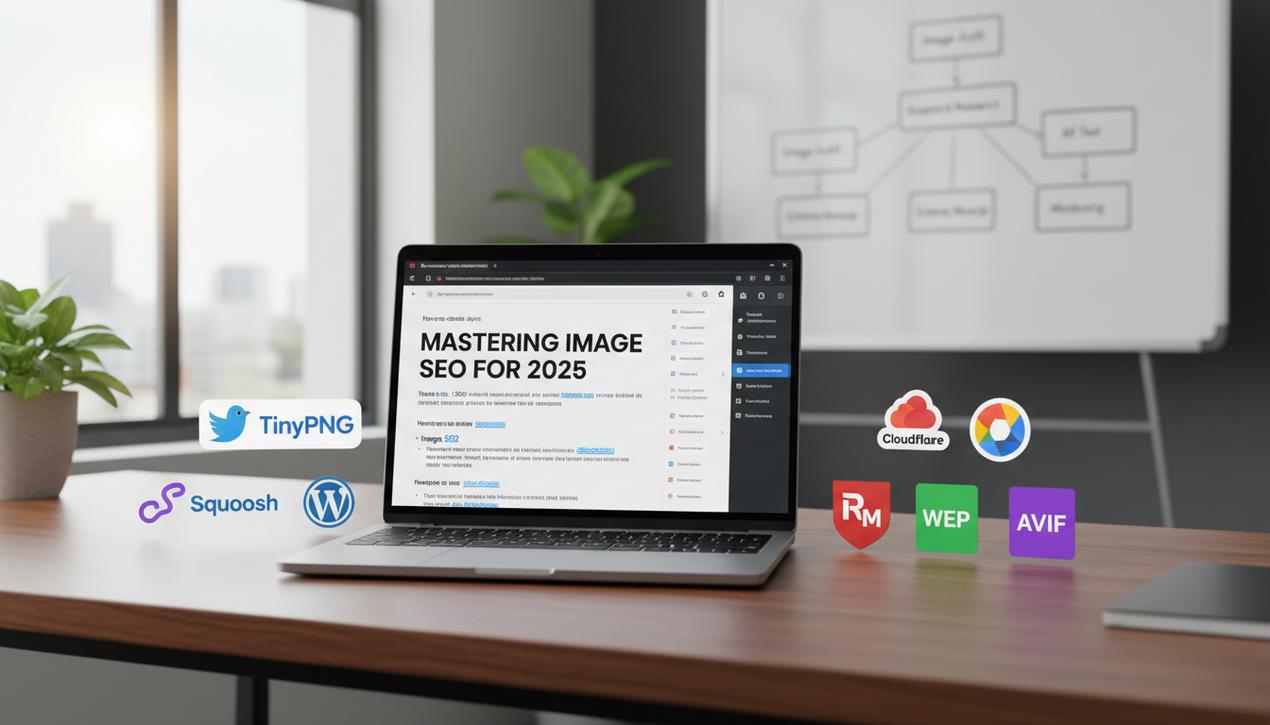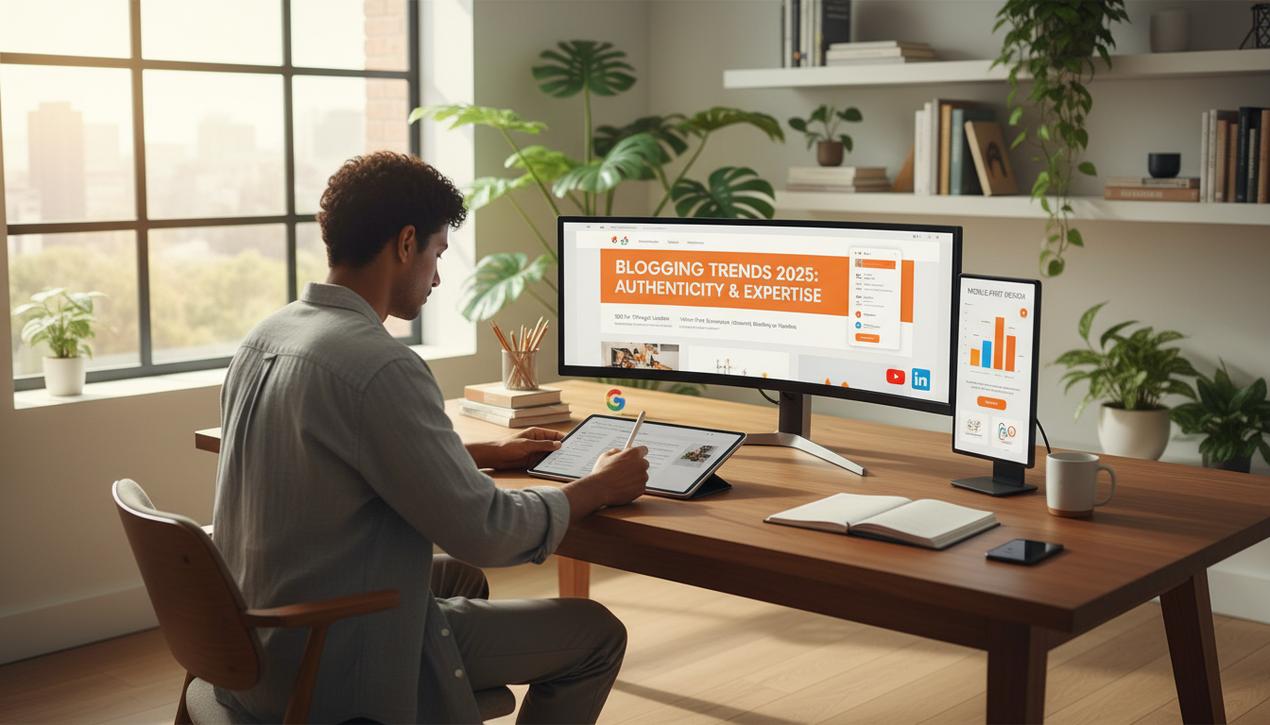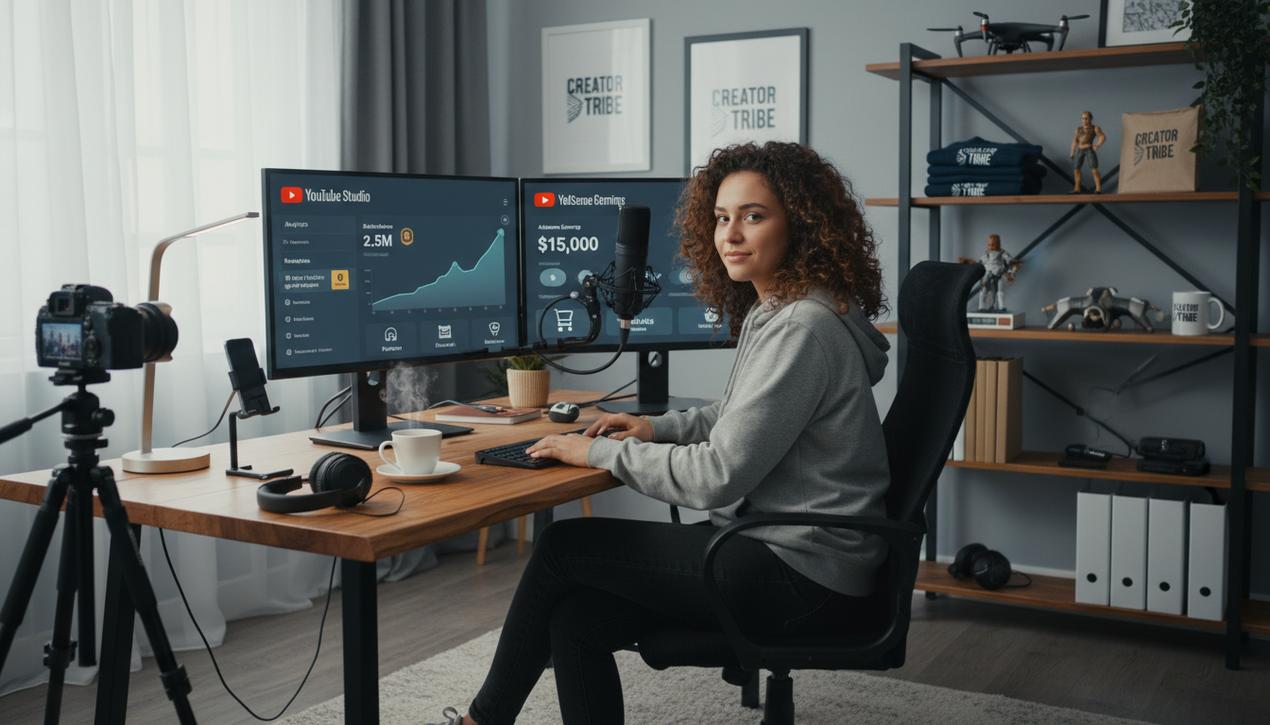A Complete Guide to Image SEO for 2025


In an era where text-based content often takes center stage, many SEO strategies focus on keywords, article length, and meta descriptions. However, ignoring image SEO in 2025 is like opening a store without a display window. The web is a visual experience, and search engines have fully embraced this reality. Recent statistics show that image searches account for nearly 25% of all web queries. For e-commerce sites, this figure is even more compelling: over 60% of Gen Z consumers report using visual search to find shopping inspiration. Proper image optimization is no longer just a bonus; it’s a fundamental strategy to boost your online visibility. It directly impacts your traffic, user experience (UX), site speed, and even your website’s accessibility. This comprehensive guide details 12 essential actions to master image SEO and turn your visuals into powerful traffic-driving assets.
The Essential Technical Foundations
Before diving into advanced strategies, mastering the technical basics is crucial. These fundamental optimizations ensure that search engines can find, understand, and correctly index your images.
1. Choose an Explicit File Name
The first step in image SEO begins even before you upload the file. The file name is the first clue you give Google about its content. A generic file name like “IMG_20251029.jpg” is completely useless for SEO. The crawler cannot infer the subject from it. Systematically rename your files with relevant keywords, separated by hyphens. For example, an image for a pancake recipe should be named “recipe-pancakes-fresh-berries.jpg”. This is clear, descriptive, and helps Google contextualize the image from the very beginning.
2. Write the Perfect Alt Text
The alt tag (alternative text) is arguably the most critical element of image SEO. Its role is twofold. First, it is displayed if the image cannot load, ensuring a good user experience. Second, and most importantly, it describes the image’s content to search engines and to screen readers for visually impaired users. An effective alt tag should be descriptive and contain your primary keyword without falling into “keyword stuffing.” For example:
- Bad: `alt=”pancake”`
- Acceptable: `alt=”pancake recipe with berries”`
- Excellent: `alt=”A stack of golden-brown pancakes topped with fresh strawberries and blueberries”`
The last option is the best because it is descriptive, helpful for accessibility, and naturally contains relevant keywords.
3. Select the Right Format: WebP and AVIF Are the New Standard
Classic formats like JPEG (for photos) and PNG (for images with transparency) are still valid. However, in 2025, next-generation image formats like WebP and AVIF have become the standard. Developed by Google and the Alliance for Open Media, they offer far superior compression for equal or better image quality. A WebP file can be up to 30% smaller than an equivalent JPEG. Adopting these formats has a direct and massive impact on your site’s loading speed, a top-tier SEO factor, especially for Core Web Vitals.
4. Compress Without Sacrificing Quality
Even when using the right formats, compressing your images to reduce their file size is essential. Heavy images significantly slow down your site. Aim for a file size below 150 KB for most content images and under 70 KB for e-commerce product thumbnails. Online tools like TinyPNG or Google’s Squoosh can drastically reduce file sizes with no visible loss in quality. Many plugins on CMS platforms like WordPress also automate this process.
Advanced Optimizations for Performance and UX
Once you have the basics down, you can implement more advanced techniques that will improve both your site’s performance and your visitors’ experience—two very positive signals for Google.
5. Implement Lazy Loading
Lazy loading is a technique that defers the loading of images until they are about to become visible in the user’s viewport (i.e., as they scroll down the page). This significantly speeds up the initial page load time, as the browser doesn’t have to load all the images at once. This is excellent for the Largest Contentful Paint (LCP) score in Core Web Vitals. Today, lazy loading is a native feature in most modern browsers and is enabled by default in recent versions of WordPress.
6. Use Responsive Images with the `srcset` Attribute
With over 60% of web traffic coming from mobile devices, serving the same giant image to a smartphone and a 4K monitor is a performance nightmare. The `srcset` attribute in the `` tag allows the browser to choose the most appropriate version of an image based on the screen size. You provide multiple sizes of the same image, and the browser selects the smallest one possible, drastically improving load times on mobile.
7. Host Your Images on a CDN
A CDN (Content Delivery Network) is a network of servers distributed across the globe. By hosting your images on a CDN, they are served to the user from the geographically closest server. The result is a much faster image loading time for an international audience. Services like Cloudflare or RocketCDN integrate easily with most websites.
Semantic Context and Structured Data
For your images to rank, Google needs to understand not only what they depict but also their role within the context of your page. These techniques help strengthen that semantic link.
8. Curate Captions and Contextual Text
The image caption is read by users, and while its direct SEO weight is minor, it contributes to the context. More importantly, the text directly surrounding your image (before and after) helps Google understand its relevance. Ensure your images logically illustrate the content of the paragraph they are placed in.
9. Integrate Structured Data (Schema.org)
Structured data is a markup you add to your HTML to help search engines better understand your content. For images, you can use the `ImageObject` schema. Even more powerfully, embed your images within broader schemas like `Product` (for e-commerce), `Recipe` (for cooking blogs), or `Article`. By correctly marking up the image associated with a product, you increase your chances of appearing in rich snippets, with a thumbnail directly in the search results.
10. Create and Submit an Image Sitemap
An image sitemap is an XML file that lists all the images on your site and helps Google discover them, especially if they are loaded via JavaScript. Most modern SEO plugins, such as Yoast SEO or Rank Math, automatically create and update this sitemap for you. You just need to ensure that the sitemap’s URL is submitted in your Google Search Console.
Preparing for the Future: Visual Search and AI
Image SEO is constantly evolving. Current trends are driven by artificial intelligence and the new ways users interact with search engines.
11. Optimize for Google Lens and Visual Search
More and more users are “searching with their camera.” Google Lens allows users to point their phone at an object and find information or similar products online. To be visible in these results, the quality of your images is paramount. Use clear, well-lit photos with the product as the main subject and without too many distracting elements. All the classic optimizations (file name, alt text) also boost your visibility in visual search.
12. Understand AI’s Role in Image Recognition
Google’s artificial intelligence, a field you can explore in our complete beginner’s guide to AI, can now “see” and understand the content of an image with astonishing accuracy. It can identify objects, places, text, and even emotions. This means that simply stuffing an alt tag with keywords no longer works if the image doesn’t match. Authenticity and contextual relevance are more important than ever. Ensure your images faithfully represent what you are describing.
Image SEO has evolved from a secondary optimization to a strategic pillar of SEO. In 2025, a successful content strategy is inseparable from a high-performing visual strategy. By applying these 12 tips, you will not only improve your ranking in Google Images but also enhance your site’s overall performance, user experience, and accessibility. Every image is a potential new doorway to your site; it’s time to give them the keys to open the way to more traffic.



